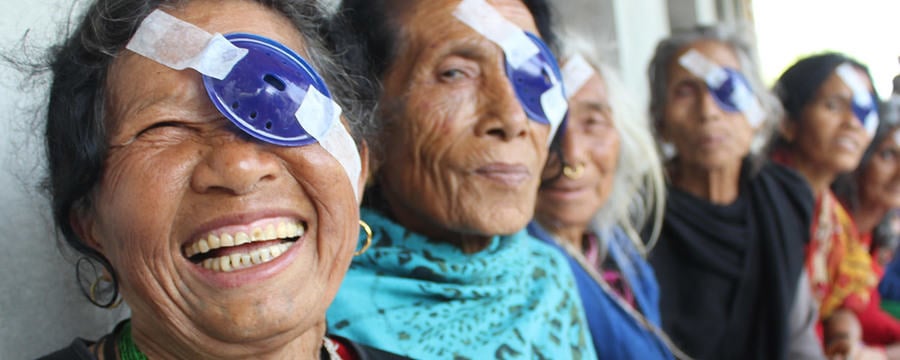Peek: Eye Care For Poor or Remote Settings
Can mobile technology help us bridge the gap and deliver eye care to poor and remote settings? 80% of the 285 million visually impaired and blind people in the world …
New offer! Get 30% off one whole year of Unlimited learning. Subscribe for just £249.99 £174.99. New subscribers only. T&Cs apply
